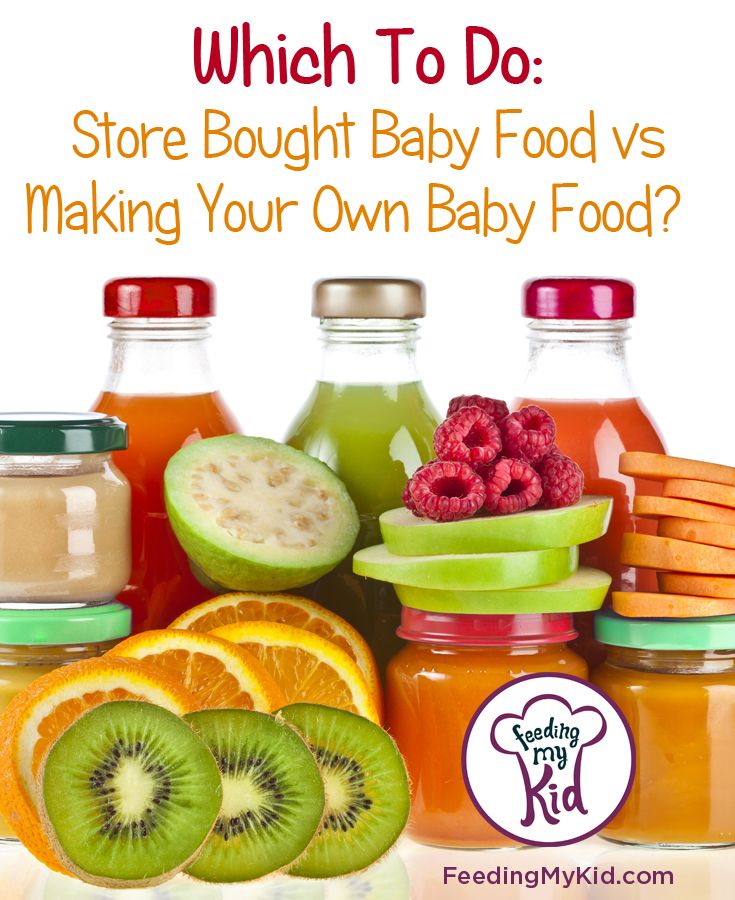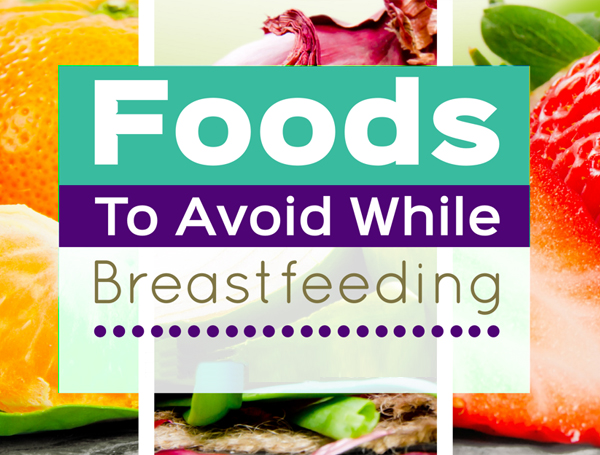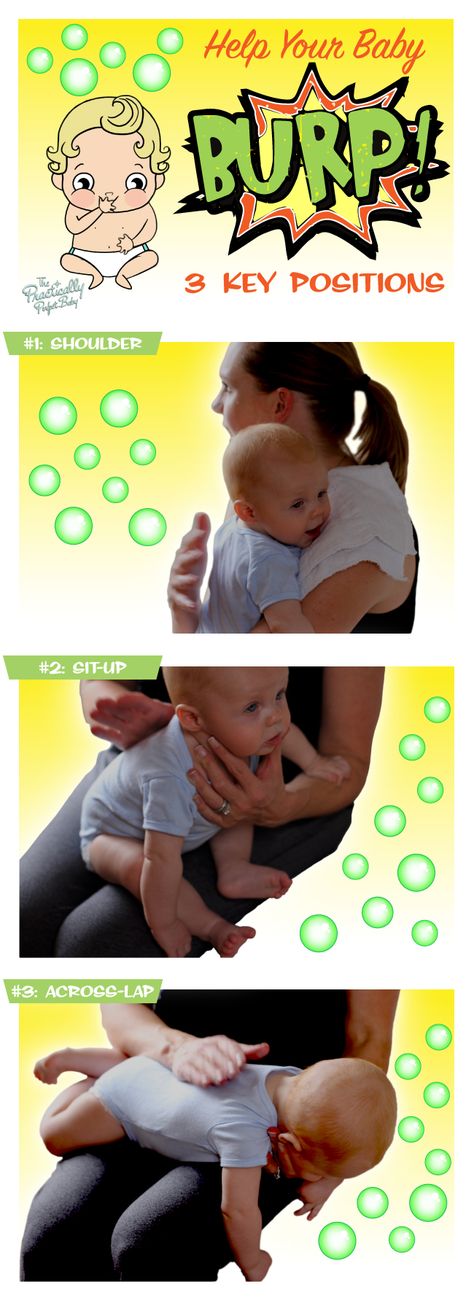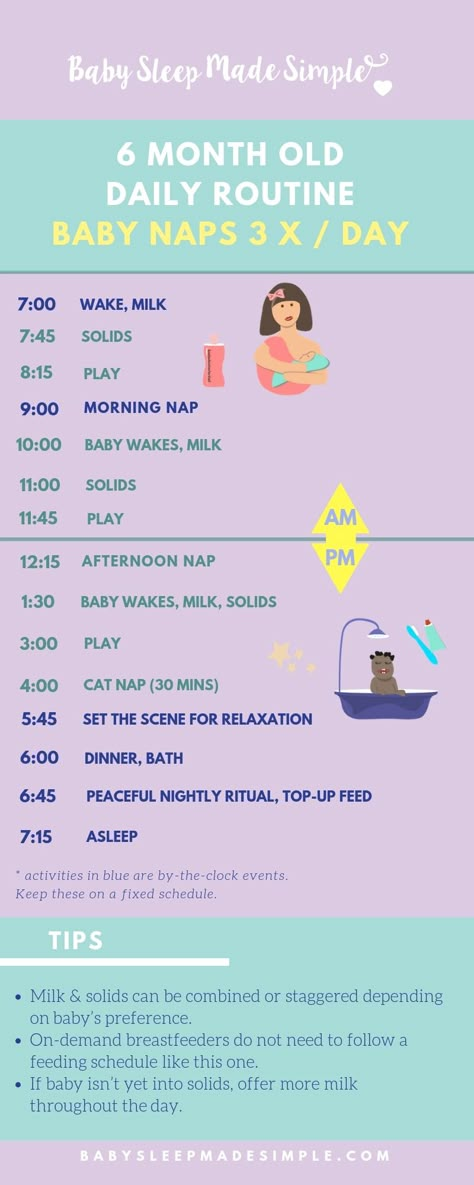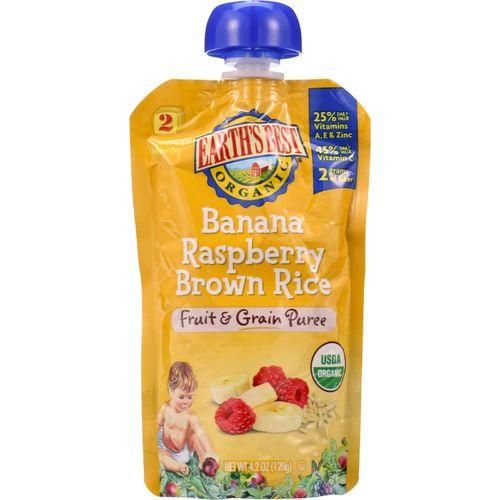Make ahead baby food
THE MAKE-AHEAD BABY FOOD COOKBOOK — Nutrition Hungry
The deliciously nutritious make-ahead baby food cookbook for a healthy start and beyond!
Healthy, homemade baby food is the best way to ensure your little one is getting all of the nourishment they need―but every parent knows the stress of cooking dinner when your mind is on changing diapers. The Make-Ahead Baby Food Cookbook helps you plan ahead, showing you how quick and easy it can be to cook yummy, wholesome baby food safely and conveniently at home.
From bottle to bowl―Discover what tools you’ll need, which order to introduce solid foods, how to detect food sensitivities, and how to raise a food-friendly eater.
Set the stage―Prep for success with this baby food cookbook, using 4-week meal plans for each stage, including a reader-friendly planning chart, detailed shopping lists, foolproof step-by-step recipes, and more.
Ready-to-go recipes―Please your baby’s palate with dozens of yummy and nutrient-rich foods for every stage and beyond―including flavor combos, mix-ins, and time-saving tips.
Since its release, The Make-Ahead Baby Food Cookbook has quickly risen to be one of Amazon’s best rated baby food cookbooks:
“I love that it is written by a dietitian and can be used by the whole family. Defintely a great buy for new families!”
“It has clear instructions and I love the way it separates into stages so you don't have to guess what your baby can have.”
“We tried many of these recipes while baby sitting for our granddaughter. All of them were winners...even asked for seconds!”
“I love all the meal plans - it makes it so easy and she presents a real 'guide' on exactly what to do. This was a much-needed book!”
“This is a great resource for moms to prevent babies from getting bored with the same food combinations. ”
”
“This cookbook is such a great introduction to healthy well balanced nutrition for babies.”
Make mealtime mess-free and stress-free with the Make-Ahead Baby Food Cookbook, an all-in-one meal map for every stage and age. This baby food cookbook gets you started with a primer on signs to look for when your little one is ready to get in the high chair and how to provide essential nutrients at each stage:
At around 6 months old, most babies are ready to start eating solid foods. You’ll start with smooth purees, which help your baby transition from liquids to solids.
By 8 to 10 months, your baby can begin transitioning to chunkier textures, which help to develop chewing skills.
And before you know it, at around 9 to 12 months old, your baby will be moving on to finger foods - soft, bite-sized foods that help build their independence.
And as a bonus, I’ve included 15 family-friendly recipes that both toddlers and grown-ups will love!
You’ll learn the ins and outs of batch cooking, freezing, and reheating, before diving in with an easy-to-navigate 4-week meal plan for each of the three stages of development.
This baby food cookbook is packed with dozens of hearty purees, chunky combinations, and fun finger foods, as well as bonus recipes perfect for your toddler and delicious for the whole family.
As a Registered Dietitian Nutritionist, I help families navigate all the complications and confusion that come along with raising healthy kids. And as a mom, I know first-hand the unique challenges of feeding a baby. In this book, I combine both my professional knowledge and my personal experience to provide you with accurate nutrition advice and practical ways to introduce your baby to the wonderful and exciting world of solid foods!
Stephanie Van’t Zelfden, RDN, CDN
The Make-Ahead Baby Food Cookbook is a complete guide for stress-free baby feeding. I cover it all - from planning and cooking, to freezing and storage, to heating and serving. In just a few hours, you can create a month’s worth of meals for your baby.
I cover it all - from planning and cooking, to freezing and storage, to heating and serving. In just a few hours, you can create a month’s worth of meals for your baby.
The Make-Ahead Baby Food Cookbook will be your go-to resource for making delicious and nutritious baby food. If you’ve ever thought about making your own baby food, but found it too intimidating, this book is for you. I promise you that it’s quicker, easier, and more fun than you could ever imagine.
I had a ton of fun making this book, and I’m so excited to share it with you. I hope you’ll check it out!
10+ Freezable Recipes for 1 Year Olds (Healthy Ideas!)
This post may contain affiliate or sponsored links. Please read our disclosure policy.
When my kids were babies, I really prioritized making homemade food for them. After much trial and error, I have narrowed down the perfect recipes for 1 year olds (or really any little eater!) that were nutritious and that they loved. Here is my collection of recipes for babies and toddlers!
Here is my collection of recipes for babies and toddlers!
Why Make-Ahead Meals for Babies and Toddlers?
Making freezer meals for babies will save time, money, and stress over the long run. It’s a beautiful thing to have a stash of healthy meals for your baby in the freezer.
Another perk of making freezable recipes for your baby is that you are in control of the ingredients. This means less additives and preservatives in your baby’s food.
There are a range of different food philosophies so adjust these meals according to your preference.
Recipes for 1 Year Olds: Use that Freezer!
Note: We are a participant in the Amazon Services LLC Associates Program, an affiliate advertising program designed to provide a means for us to earn fees by linking to Amazon.com and affiliated sites. Read our full disclosure policy here.
Similar to our freezer meals, I like to make double batches of recipes and freeze them for future use.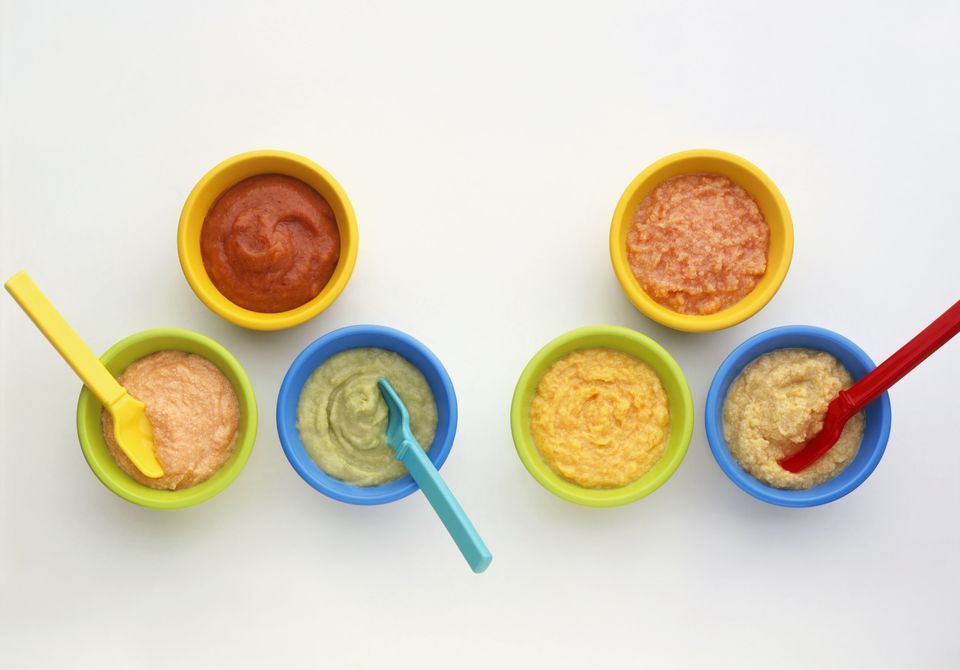 It’s such a time saver which is a huge perk for moms of little people. Just be sure to package it correctly and most freezer meals for babies will last months in the freezer!
It’s such a time saver which is a huge perk for moms of little people. Just be sure to package it correctly and most freezer meals for babies will last months in the freezer!
To freeze portions of food that need to be divided up, I LOVE using these silicone baking cups.
When my infants were younger and just starting out on solids I used ice cube trays because the serving sizes made more sense but now that I need bigger portion sizes, these baking cups are perfect.
That being said, a lot of these recipes don’t need to be divided up into cups or trays. You can freeze others in freezer bags and later warm in the microwave. Just make sure to test the temperature before offering it to the baby! To learn more about cooking ahead of time in bulk and freezing meals, check out this post.
Make-Ahead, Freezer Friendly Recipes for Babies and Toddlers
1. Make-Ahead Smoothies!
You can sneak so many fruits and vegetables into smoothies. We make it even easier to make food ahead for your baby or toddler with our freezer smoothie packs. If they don’t drink all of the smoothie, just turn them into popsicles for later!
If they don’t drink all of the smoothie, just turn them into popsicles for later!
2. Oatmeal Pancakes
This oatmeal pancake recipe is a staple in our home. Especially since my second child started solids. They are easy for little gums and full of nutrition. We use them for all three meals of the day around our house (not in a row, obviously). I also love to scoop baked apples on top of the pancakes to add a little sweetness without adding a ton of sugar. I also stir cooked sweet potato into the mix sometimes.
3. Cheesy Mashed Sweet Potatoes
My nine month old scarfed a HUGE serving of these down the first time I gave them to him. They are so simple to make. I would have never thought to combine these two things but they totally work together. He LOVES them.
4. Instant Pot Mac and Cheese
Whole Wheat Mac & Cheese is a great meal for babies and toddlers. You can easily freeze leftovers for meals down the road. Don’t have an Instant Pot? You can still use our 5 Ingredient Mac & Cheese.
5. Easy Breakfast Casserole Muffins
These are SO easy to make. To prep them ahead, simply follow the recipe instructions and fully cook them. Let them cool and store them in an airtight freezer bag or container.
6. Chocolate Banana Muffins
These Chocolate Banana Muffins are not only moist and delicious, but they are packed with sneaky nutrition. They are a kid-favorite and freeze beautifully. Serve as an easy, make-ahead healthy breakfast.
7. Beefy Baked Ravioli
This is another great meal that you can bake ahead and freeze in small portions for your new eater. Make sure they are wearing a gret bib or just take their shirt off!
8. Instant Pot Steel Cut OatsI love to make a batch of these steel cut oats for baby food freezer meals! After they are fully cooked, simply divide them up into small portions. I like to use jumbo sized silicone cups to freeze them in. To reheat, simply add a splash of milk and microwave in 30-60 second increments, stirring in between.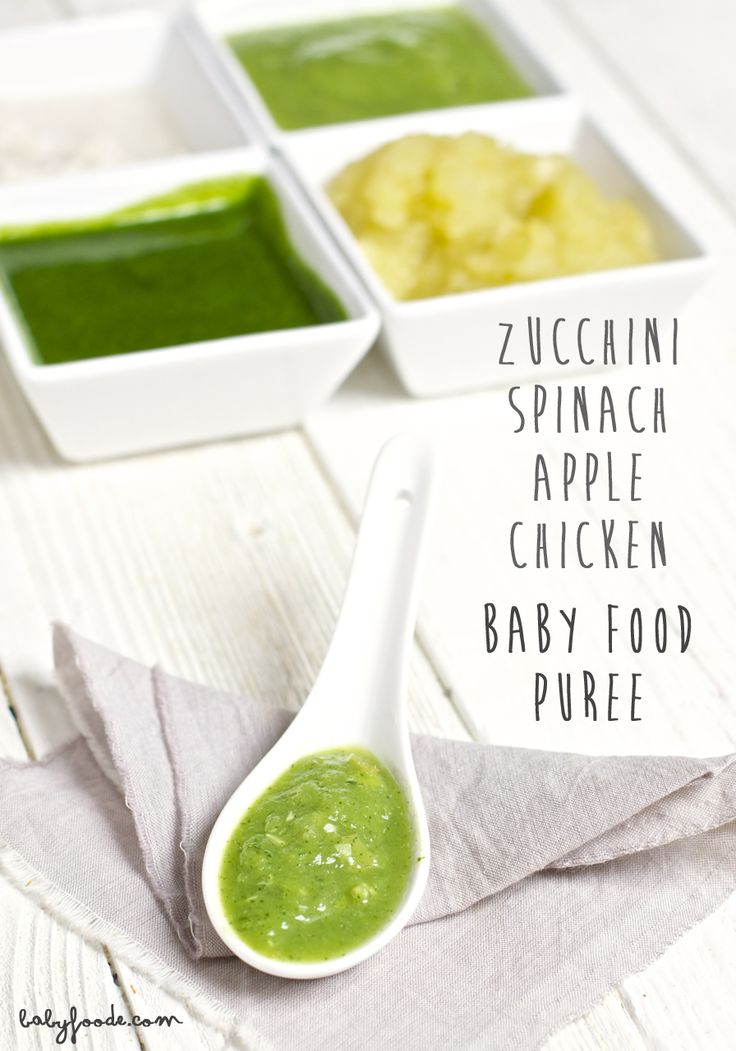
A great little recipe that little ones will likely take to easily. Perfect for the dinners when the table food isn’t quite suitable for little gums. They remind me of mini quiches–perfectly cooked broccoli meets eggy-cheesy goodness. Fully cook and re-heat these guys for a great make-ahead freezer meal for little ones.
10. Whole Wheat Pumpkin PancakesAs with so many of our real food recipes, these pumpkin pancakes have sneaky vegetables (i.e. pumpkin this time) and 100% whole grain in them but retain their light, fluffy texture. They are a great recipe to stock up on and freeze for the future! Here is how to turn these pancakes into waffles, FYI!
11. Sweet Potato Quick BiscuitsThese sweet potato quick biscuits add moisture and a hint of sweetness, and the whole grain mix makes them more nutritious than your average biscuit. Even my husband–who was raised on amazing buttery homemade biscuits–likes these.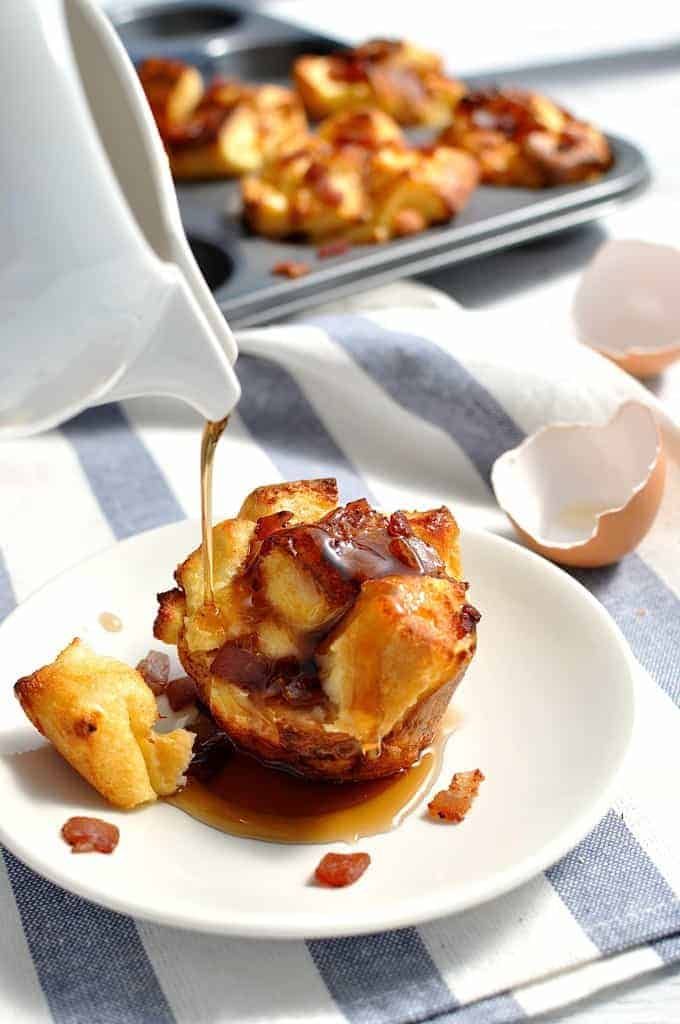
12. Overnight Oats
Using any of these 7 recipes is one of the easiest ways to consume whole grains, fruits, and good-for-you proteins every single morning.
In fact, we love them so much that we created a free, printable cheatsheet for you to stick in your cabinet. That way you never run out of homemade recipe ideas for your toddler.
Want More Kid-Friendly Freezer Meals?
We have pulled together a collection of meals that kids and adults love!
Check out our 30+ Kid-Friendly Freezer Meals Here.
How to prepare infant formula
How to make formula for your baby.
In order for your baby to grow up healthy and feel good, it is important not only to choose the right formula, but also to use it correctly.
In the first months of life, the child's body goes through a period of adaptation to extrauterine conditions, the entire first year the baby grows and develops intensively. Everything that surrounds the baby from birth should contribute to its development, be as useful and safe as possible.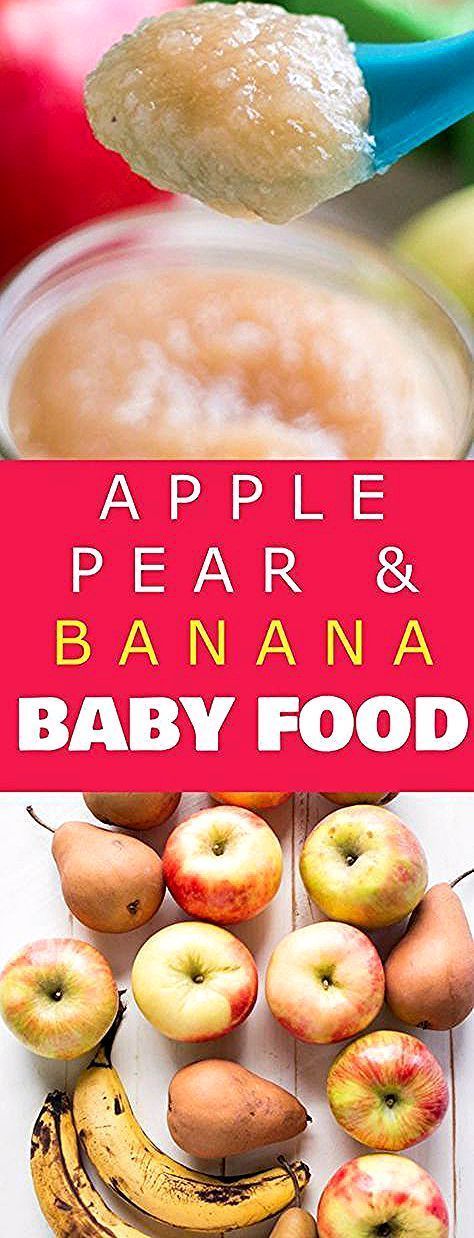 That is why when preparing infant formula, it is necessary to strictly observe the rules of hygiene, recommendations for handling the product and take into account storage conditions.
That is why when preparing infant formula, it is necessary to strictly observe the rules of hygiene, recommendations for handling the product and take into account storage conditions.
To prepare the mixture, use only boiled water - it must be boiled strongly for at least 5 minutes. Bottled water is not sterile and should also be boiled before use. Do not heat water in the microwave.
Cool the boiled water to the temperature recommended by the manufacturer and dilute the mixture following the instructions. To measure the mixture, use only the measuring spoon supplied with the package.
If you dilute formula for more than one feeding, it should be stored in the refrigerator at 2-4°C and used within 24 hours. After the start of feeding, a portion of the mixture should be used within an hour, as reconstituted infant formula is an excellent breeding ground for microorganisms. After an hour, the rest of the mixture should be poured.
Often a newborn baby can fall asleep right during feeding - do not worry if this happened to your baby.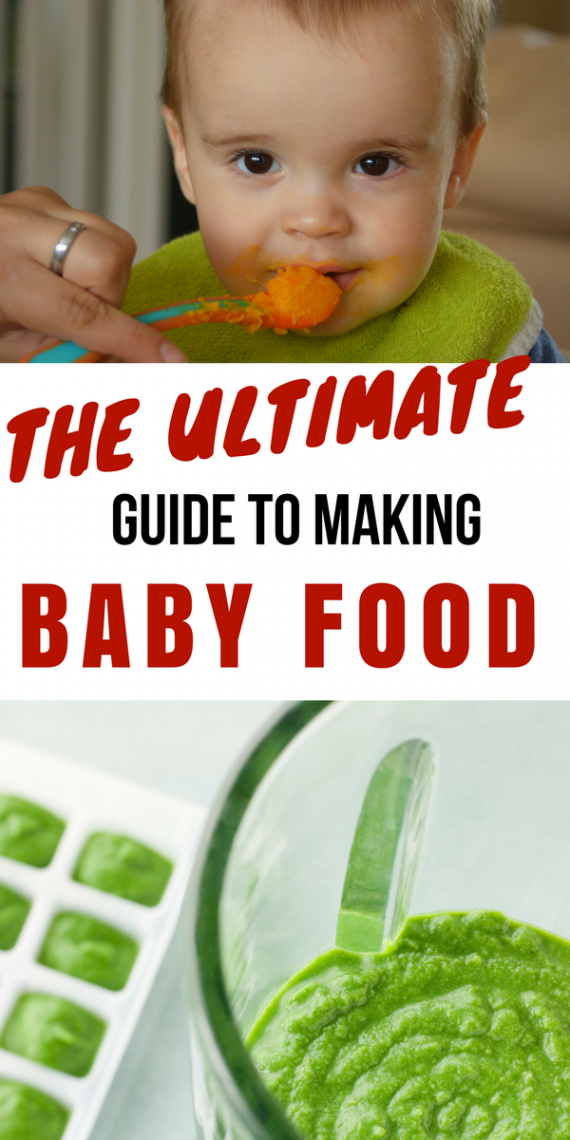 Just lightly pat your baby on the cheek or nose, and if he wakes up, continue feeding.
Just lightly pat your baby on the cheek or nose, and if he wakes up, continue feeding.
Pay attention.
Dry infant formula after opening the package are not sterile. Use the product in accordance with the instructions and recommendations of the doctor.
When opening a package with dry infant formula containing healthy fats Omega-3, Omega-6, a slight fishy smell is possible - this is normal, because similar fatty acids are also found in fish oil, the benefits of which we have known since childhood. This smell disappears and is not felt in the diluted mixture.
Do not cook or heat the mixture in the microwave. In microwave ovens, food is heated unevenly, so some of the mixture may be too hot for the baby.
What utensils do you need to prepare the mixture?
Bottle, nipple, cap, measuring spoon, knife for removing excess mixture from the spoon. Two pots: in one you will boil the dishes, in the other - water for preparing the mixture. There are also convenient modern sterilizers and heaters that you can use when preparing the mixture.
There are also convenient modern sterilizers and heaters that you can use when preparing the mixture.
One meal preparation
1. Wash your hands with soap and dry them with a clean towel. Thoroughly wash the bottle, nipple, cap, measuring spoon and all utensils that will be used to prepare formula. It is best to do this with a special product for children's dishes - it is more gentle. Be careful when washing baby utensils in the dishwasher: due to the narrow neck, the bottle often remains unwashed, despite the fact that bottles of most manufacturers are allowed to be washed in the dishwasher. For washing bottles, special brushes are provided, with which you can thoroughly rinse the bottle.
2. Rinse all dishes to remove detergent and boil them for 5 minutes.
3. Prepare a clean surface to mix.
4. Boil water in a separate saucepan at a high boil for 5 minutes. Unless otherwise specified in the instructions, mixtures containing probiotics, such as Similac Gold or Similac Comfort, must be diluted with boiled water cooled to a temperature of no more than 35 degrees in order to preserve the beneficial properties of beneficial bacteria.
Unless otherwise specified in the instructions, mixtures containing probiotics, such as Similac Gold or Similac Comfort, must be diluted with boiled water cooled to a temperature of no more than 35 degrees in order to preserve the beneficial properties of beneficial bacteria.
5. Pour the required amount of warm, pre-boiled water into the sterilized bottle. Remember that you should not mix boiled and unboiled water to achieve the desired temperature.
6. Fill the included measuring spoon with the mix, then use the blade of a clean knife to remove the excess mix.
7. Add formula to water bottle as directed. Add dry mix to the bottle, not the other way around.
8. Stir until completely dissolved. For feeding, the mixture must be at human body temperature, i.e. approximately 35 ° C - check the temperature of the mixture and feed the baby. If the mixture is too hot, you can cool it down quickly by placing the bottle in a bowl of cold water.
9. Sit back, hug your baby and maintain physical and eye contact while formula feeding. Prepare a napkin in advance in case of excess mixture, and after feeding, scold the baby with a “column” so that he burps the air that has entered the stomach during feeding.
Pour out the remains of the mixture left in the bottle that the child has not eaten for an hour.
How do I properly heat formula bottles?
If you have prepared several servings of formula for feeding your baby in advance, and the bottle of formula is just out of the refrigerator, it is important not only to warm the formula, but also to do it right. So here's how to do it:
- Take the bottle of prepared formula out of the refrigerator just before feeding.
- Warm the formula by placing the formula bottle in a container of hot water so that the water level is below the rim of the bottle. In order for the mixture to heat up evenly, periodically shake or rotate the bottle, while the warm-up time should not exceed 15 minutes.
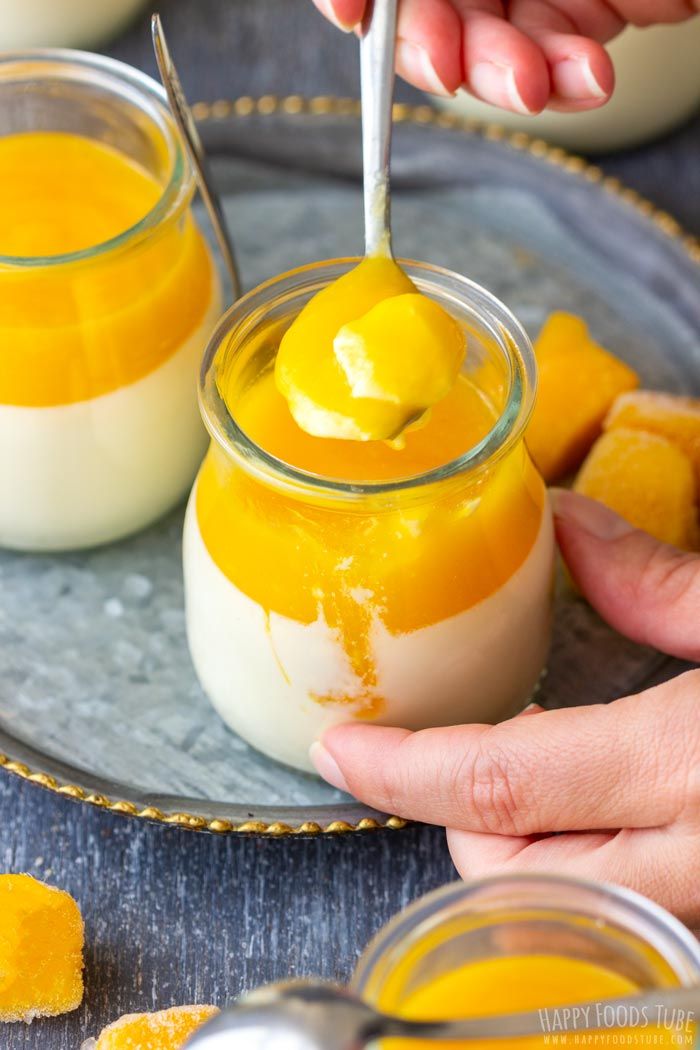
- Check the temperature of the mixture by dropping a little on the inside of your wrist. The mixture should not be too hot, it must be cooled to a human body temperature - 35 ° C.
How do I take pre-prepared infant formula with me on trips and outings?
The first step is to cool the prepared mixture. During a trip or a walk, it should be stored in a cold place - this will help prevent the development of pathogenic bacteria.
- Prepare the mixture as you would normally, let it cool and refrigerate (max. 5°C unless directed otherwise).
- Remove the formula from the refrigerator just before leaving the house and put it in a special cooler bag.
- Once there, you can put the formula bottles back in the fridge or warm them up and use them for feeding.
- Remember that the mixture must be used within 24 hours.
If the planned trip or walk is longer than two hours, you may not be able to keep the bottles of formula cold - in this case, freshly prepared formula must be used for feeding. Plan ahead and take the required amount of dry formula with you in a clean, sterilized container. Prepare the mixture using boiled water.
Plan ahead and take the required amount of dry formula with you in a clean, sterilized container. Prepare the mixture using boiled water.
Good hygiene and formula preparation is very important for your baby's healthy growth and development!
Materials used in preparing the article:
- How to make your own bottle feeding formula at home. World Health Organization, 2007
- Safe preparation, storage and handling of powdered infant formula - Guidelines. World Health Organization, 2007
How to properly dilute infant formula
How to prepare formula correctly - it would seem that it is easier, read the instructions on the box and do as it is written. But sometimes the simplest things, especially when they concern a newborn, can simply put parents in a stupor.
Content
- How to properly dilute the mixture
- How to prepare infant formula
- How long is reconstituted infant formula
- What water to dilute infant formula
- Water temperature for infant formula
- Preparing Night Feeding Formula
- Infant milk formula on the road
You should know that no formula, even the most modern adapted formula, can completely replace mother's milk.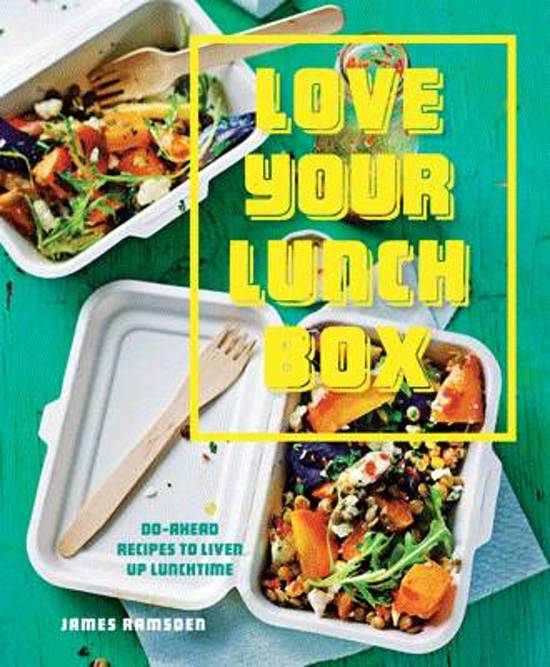 Transferring a child to artificial feeding should be a conscious and forced step, and not the advice of a friend and the desire to make life a little easier for yourself, to have freedom of movement or your own guesses and assumptions that there is not enough breast milk. The deficit that is formed in the child's body without mother's milk cannot be filled with anything.
Transferring a child to artificial feeding should be a conscious and forced step, and not the advice of a friend and the desire to make life a little easier for yourself, to have freedom of movement or your own guesses and assumptions that there is not enough breast milk. The deficit that is formed in the child's body without mother's milk cannot be filled with anything.
How to mix
correctly The first thing to do is to read the instructions from the manufacturer. It always describes how to prepare infant formula. It is worth paying attention to the following important points:
- in what proportion to dilute the milk mixture (often, one scoop per 30 ml of water)
- at what temperature is the mixture prepared
- recommended amount of ready-made formula for children of different ages
- how long and under what conditions it is possible to store opened packaging
How to properly prepare formula for a newborn
The intestines and mouth of a healthy baby are sterile. The task of the parent is to give the baby the opportunity to gradually adapt to the surrounding space, before starting to acquaint him with pathogenic microflora (in other words, microbes).
The task of the parent is to give the baby the opportunity to gradually adapt to the surrounding space, before starting to acquaint him with pathogenic microflora (in other words, microbes).
In all cases of contact with children's things, food and the child himself, be sure and always wash your hands with soap and water. Of course, in any case, the baby will have to get acquainted with the surrounding microorganisms, but when he is a few days old, it is too early.
Since you need to prepare the formula just before feeding, be prepared to do this under the heart-rending cries of a hungry baby. It is possible that under such conditions it will not be possible to prepare sterile bottles in cold blood - it is better and more convenient to have at least two of them.
It is better to prepare and cover a clean bottle with a dry towel in advance than to rush around the house and remember where to put it after feeding when the baby is crying from hunger. Of course, in theory you need to wash the bottle immediately after feeding, but in practice, babies miraculously make adjustments to your schedule.
Of course, in theory you need to wash the bottle immediately after feeding, but in practice, babies miraculously make adjustments to your schedule.
So, when all the necessary preparations are made, according to the instructions, we determine the desired ratio of water and dry mixture according to the age of your baby. Pour water of the required temperature into a sterile bottle or bring it to the desired temperature in the bottle. We pour the required number of measuring spoons, after removing a slide from them (you can use the back of a knife).
The measuring spoon must be dry. Follow this strictly and store infant formula in a dry place. Milk powder is very hygroscopic and perfectly absorbs moisture, and if the rules are not followed, the mixture will instantly begin to clump.
Close the bottle with a cap and shake very well so that there are no lumps left in the mixture (you can check for light). Just in case, we check the temperature of the mixture by dropping it on our wrist. After feeding, pour out the rest of the mixture.
After feeding, pour out the rest of the mixture.
Some mothers, trying to feed the baby more satisfyingly, increase the concentration of the dry mixture in the water. Doing this is strictly prohibited. This can lead to obesity or other metabolic disorders in the child.
To some, these measures may seem superfluous, and, of course, no one can force you to do this. But do not forget that the first three months of a child’s life without this will complicate colic and aggravate the situation with hastily washed bottles, believe me, it’s not worth it.
How long can reconstituted infant formula be stored
A very common question of interest to all parents is how long can prepared infant formula be stored? Ideally, ready-made milk formula is eaten immediately and not stored. The longer the mixture is prepared, the more chances are given to multiply harmful microbes that love heat and milky environment. And not just the necessary bifidobacteria, for which you lovingly created the optimal temperature. The storage time of reconstituted infant formula should be kept to a minimum. Remember that prepared milk formula should be stored is impossible even in the refrigerator.
The storage time of reconstituted infant formula should be kept to a minimum. Remember that prepared milk formula should be stored is impossible even in the refrigerator.
The bottle and nipple must be washed and sterilized before each formula preparation. You can learn more about sterilizing feeding bottles here.
What kind of water to dilute infant formula
An urgent question for parents - is it possible to dilute formula with baby water? For decades, boiled water has been used to prepare the mixture. Now they began to think about the fact that boiling kills water, deprives oxygen and other trace elements. Today you will not surprise anyone with special baby water for drinking and formula preparation. It does not need to be boiled, it is enough to heat it to the optimum temperature.
What are the benefits of baby water?
- at all stages of harvesting, water undergoes strict sanitary control
- cleaning uses a multi-stage filter system
- unlike boiled, it is not devoid of oxygen and other useful trace elements
- mineralization decreases in baby water (in dry mixtures, they try to choose the optimal ratio of trace elements and water with increased mineralization can disrupt these proportions)
If you want to use water from a well, it is better to first hand it over for analysis to a sanitary and epidemiological station.
Water temperature for infant formula
The water temperature is of fundamental importance for the preparation of formula, which must be indicated on the packaging. Almost all mixtures now contain bifidobacteria that are beneficial for the child's intestines. Beneficial bacteria, unlike harmful ones, are rather gentle microorganisms. At a temperature higher than that indicated in the instructions, they will simply die.
In addition, of course, the temperature of the water simply needs to be comfortable for the child, 36 - 37 ºC. This is the temperature of mother's milk. Therefore, if possible, use a thermometer to prepare infant formula. Fortunately, the assortment of baby stores is now replete with products that make life easier for moms. Well, if there is no thermometer, it does not matter. Put a few drops of the prepared mixture from the bottle on your wrist. If the temperature of the mixture is optimal, then you will not feel it on your wrist.
It is not advisable to heat the finished mixture.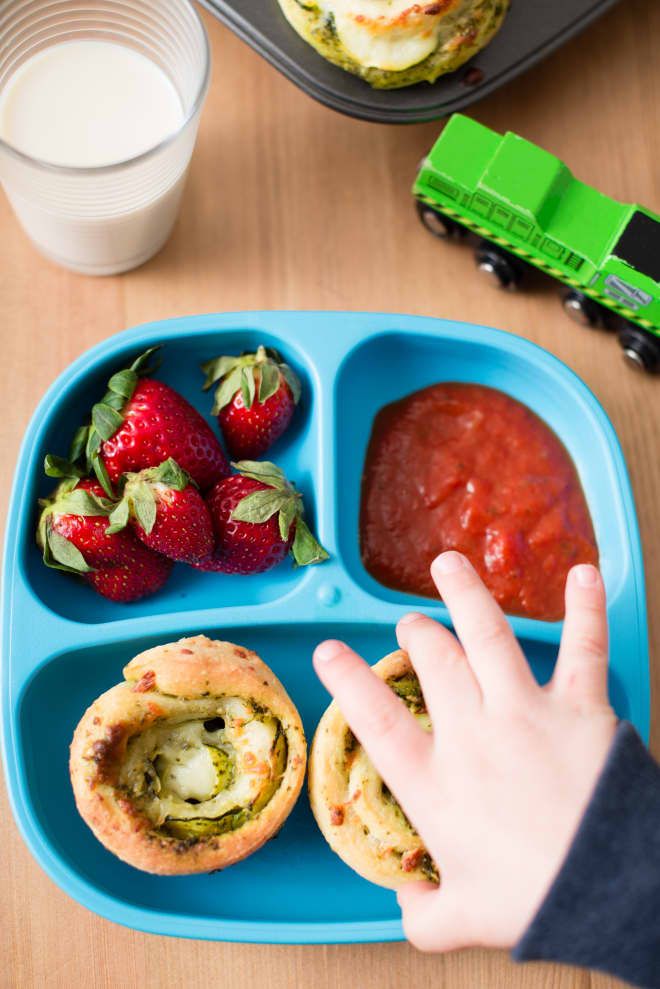 Adapted infant formula is not a product that can be heated and cooled without consequences. It's good bacteria, remember? And not only. But if it so happened that while you were preparing for feeding, the mixture has cooled down, warm it up under running hot water.
Adapted infant formula is not a product that can be heated and cooled without consequences. It's good bacteria, remember? And not only. But if it so happened that while you were preparing for feeding, the mixture has cooled down, warm it up under running hot water.
Do not use the microwave to heat up the mixture! You will not be able to control the degree of heating of the liquid bottle, which can lead to an irreversible change in the structure and composition of the formula.
Night feeding formula
The safest option for the baby and gentle for the mother is to pour water into a sterile bottle in the evening and put it in the warmer. Most warmers are capable of maintaining a constant set temperature in the bottle. Pour the dry mix into the dry mix dispenser.
Now you can prepare the mixture on autopilot at night. All that remains to be done is to get from the dispenser into the bottle and mix thoroughly. Just in case, do not forget to check the temperature of the prepared mixture.